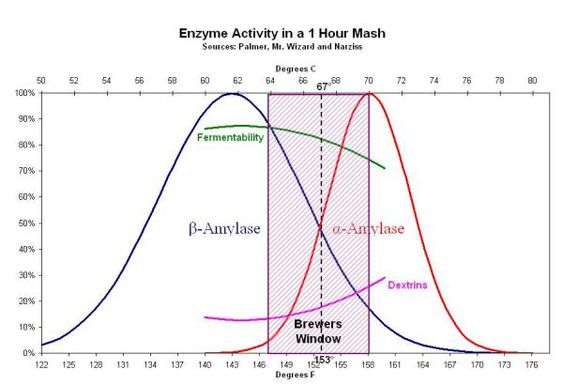What I’m talking about is instead of heating water to 160ish and stirring in the grain and waiting 60-90 minutes. How about just adding the grains to the room temp water as you begin to heat it up? By the time you reach mash out temps would all your conversion be done? Basically u are step mashing the whole time you would normally be heating the water to your initial strike temperature is my guess.
My system is 110v 1500 watt single element so it heats slowly. Bag is in a basket above the element. Takes about an hour or two to reach 160. I would just add a recirc pump to raise temps evenly.
Basically by the time I reach my usual mash in temp I’m now actually finished mashing and can skip the normal 1-2 hour mash pause and go straight to boil?
My system is 110v 1500 watt single element so it heats slowly. Bag is in a basket above the element. Takes about an hour or two to reach 160. I would just add a recirc pump to raise temps evenly.
Basically by the time I reach my usual mash in temp I’m now actually finished mashing and can skip the normal 1-2 hour mash pause and go straight to boil?




